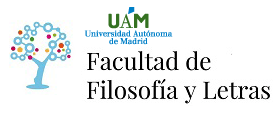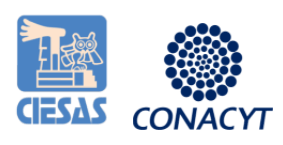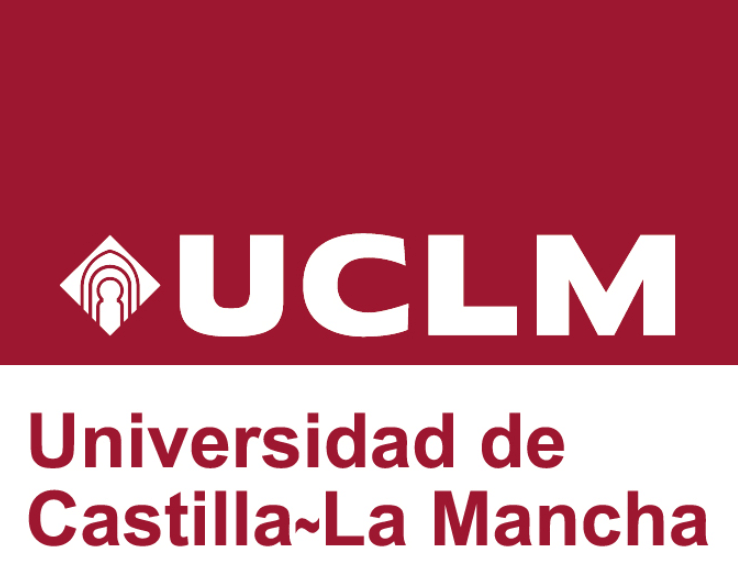The Internationalization and Reappropriation of Peruvian Food: The Case of the Peruvian Ceviche
Since 2000, the Peruvian cuisine has been getting more attention and “conquering” new foodspaces (Matta 2014). Peru has become particularly famous for its ceviche – marinated fish –, dish originally from the coast. Nowadays it’s served in the Andean part of the country, even in non-Peruvian restaurants. Based on a multi-sited ethnography (Marcus 1995) and following the ceviche in different restaurants (Cusco, Lima, Miami, Barcelona, Paris, London, Berlin and Geneva), I aim to shed light on the contemporary globalization of the Peruvian cuisine. My paper shows how this globalization is promoted by (culinary) tourism, migration, and an increasing valorization of Peruvian cuisine boosted by a “gastronomic boom” (García 2013; Matta 2019). The paper invites to think about the contemporary “cevichezation” of global cuisine as a recent example of world culinary reappropriation. Rather than considering this reappropriation as a negative process of culinary and food practices (Matta 2010; García 2013), the case of the ceviche allows apprehending it through the lens of culinary creativity. The studied restaurants create multiple revisited ceviche recipes, dealing sometimes with ingredients supply limitation or simply performing new recipes. Furthermore, the case of the ceviche is a good example to rethink about “invention of traditions” (Hobsbawm & Ranger 1983), more specifically culinary traditions seen here as dynamic and permeable, recreated in present times (Pouillon 1996). My paper argues therefore that the contemporary reinvention of culinary traditions is related to the reappropriation phenomenon which happens at both national and global scales, as shown by the ceviche case study.
(*)El autor o autora no ha asociado ningún archivo a este artículo









